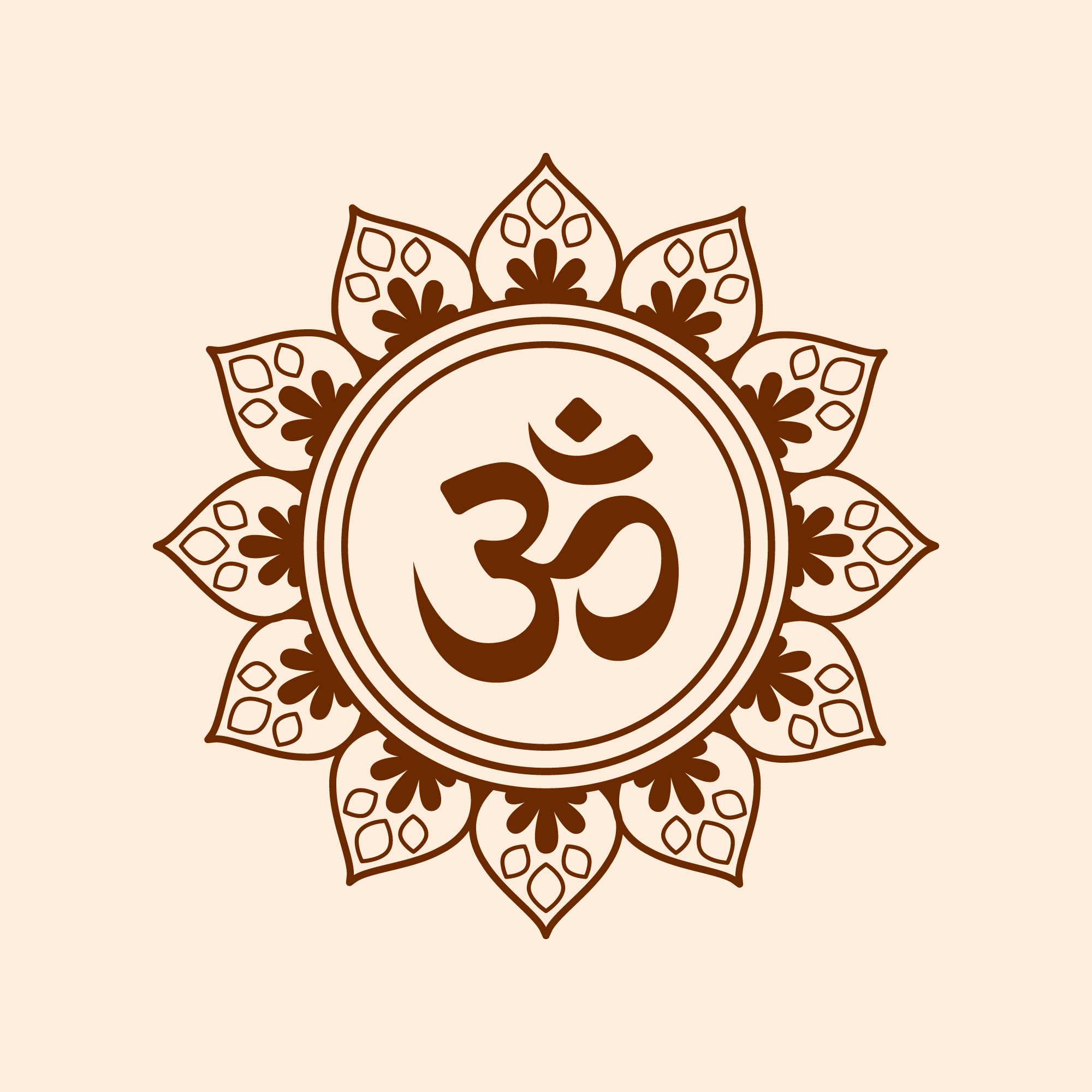Vastu Shastra is an ancient Indian and medieval science that addresses the Vastu, or environment, topic. Vastu Shastra can also be seen as a helpful method for creating structures and areas that are free from supernatural influences and that flow harmoniously with human existence, bringing their occupants health, prosperity, and tranquility.
Since many of India's ancient sciences and knowledge also fell into disuse and received little attention over the years, today's fast-paced society has little to no understanding of Vastu and finds it challenging to appreciate and utilize its advantages when buying/building housing, an office, a home, etc. People in ancient India saw building a house as a religious event and regarded it as a living thing. They also gave the term Vastu Purusha to the ghost that resided in the building. Several directions that belong to various Gods are in charge of overseeing their particular areas of the house. Vastu shastra's principles enable people to make the best use of the Sun's illimitable energy.
The Vastu Purusha Mandal is followed by Vastu Shastra. The mandala aids in determining the locations of various activities inside a structure. Vastu shastra's principles for house design are as below:
- Location selection and site measurements:
- Directional determination:
- The 32 primary entrances' effects
- Vastu Purusha Mandala Casting
- 16 Zones
- Ayadi Calculation.
Yantra, Chakra, and Mandala are all interchangeable terms. The definition of a mandala is "something which gathers the important detail" (mandam laati). The Yantra and Chakra also carry out comparable tasks. Similar to Chakra, the Mandala represents visualization, the act of assembling all significant details, which may be related to the world, the body, the structure of a building, or anything else. Moreover, it unites the inner and outer faculties or energy. Although they all have the same meaning, the three appear to have different forms. For instance, Chakra denotes a circular shape, but Mandala could be any shape but is most frequently a square. Yantra is a three-dimensional representation while Chakra and Mandala are both two-dimensional.
Vastu Shastra is an ancient Indian science that focuses on creating a harmonious environment that promotes health, happiness, and prosperity. Here are some basic Vastu tips for your home:
- Entrance: The entrance to your home should be well-lit and free of clutter. It should also be pleasing to the eye and easy to access.
- Living room: The living room should be located in the north or east direction of the house. Avoid placing mirrors in the living room as they can reflect negative energy.
- Bedrooms: The master bedroom should be in the southwest direction of the house, while the children's bedrooms should be in the west or northwest direction. It is important to keep the bedroom clean, clutter-free, and well-ventilated.
- Kitchen: The kitchen should be in the southeast direction of the house. It is important to keep the kitchen clean and organized. Avoid placing the gas stove directly in front of the main door.
- Bathrooms: Bathrooms should be located in the northwest or southeast direction of the house. It is important to keep the bathroom clean and well-ventilated.
- Colors: Use light and soothing colors for the walls of your home. Avoid using dark and depressing colors.
Vastu Pundits (experts) further distinguish Vastu Shastra and refer to it as "The Edifice Science. The ancient Aryan "sages" recognized Vastu Shastra as a science formed from the study of nature and the paranormal. The Vastu Shastra considers the effects of the sun, its light, and its heat. In order to live a healthy and wealthy life, it takes into account the effects of the earth's electromagnetic field and the biochemical changes in the human body.
These directions are determined according to Vastu Shastra using a device known as the "Vastu compass," which is a magnetic compass. This tool is used to initially analyze the construction site before being written on the layout to begin the design process while taking into account Vastu principles. Vastu asserts that by honoring the five fundamental components and the eight cardinal directions, one can become one with nature and get its free blessings.
When it comes to Vastu house plans, there are a few key things to keep in mind:
- Orientation: The orientation of the house is crucial in Vastu Shastra. The main entrance should face east or north, as these directions are considered auspicious.
- Shape and size: The shape and size of the house should be such that it allows for ample sunlight and ventilation. The house should be rectangular or square in shape.
- Room placement: The placement of rooms should be such that the living room, kitchen, and bedrooms are in the right direction as per Vastu Shastra.
- Placement of elements: The placement of elements such as the staircase, water bodies, and puja room should be in the right direction and location.
By following these basic Vastu tips, you can create a harmonious and positive environment in your home.
Dos and Don’ts
1. The master bedroom's auspicious placement is crucial for a Vastu house map. Planning bedrooms is best done in the southwest, west, west of the southwest, north, and northwest. Never move your direction of travel while you are asleep towards the north.
2. The South-East (Agni Kon) position is ideal for a vastu map. Yet, Applied Vastu suggests that the kitchen be placed in the South-of-South-East, West, and North-West in accordance with Vaastu Shastra. Never position the kitchen facing north, northeast, or east.
3. The living room is where most activities take place. Family activities, social events, and the initial impression a living room makes. A living room needs to be spectacular, clutter-free, and have adequate lighting and color. A living room's location is determined by the house's orientation and how the room is laid up.
4. Dining rooms should be located in the west, east, and south according to Vastu principles. The eating area and kitchen should be as close as possible.
5. North-East (Ishaan) Zone is the best location for the puja room. A Puja room can be positioned in the West zone of a house by a Vastu designer.
In case of any query, you can contact us and book a free consultation to talk about any sort of issues related to Vastu Shastra with Dhwani Astro and clear your all doubts and get clarifications.


 Comments
Comments











